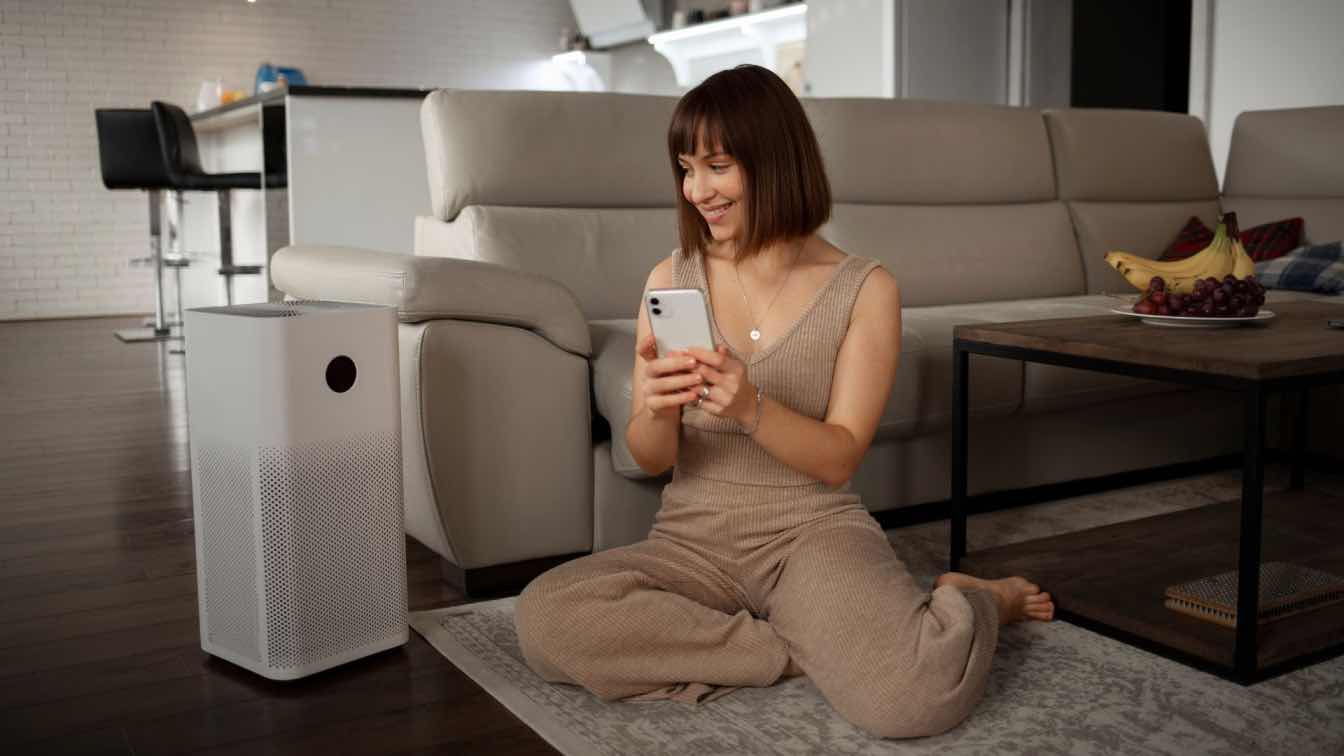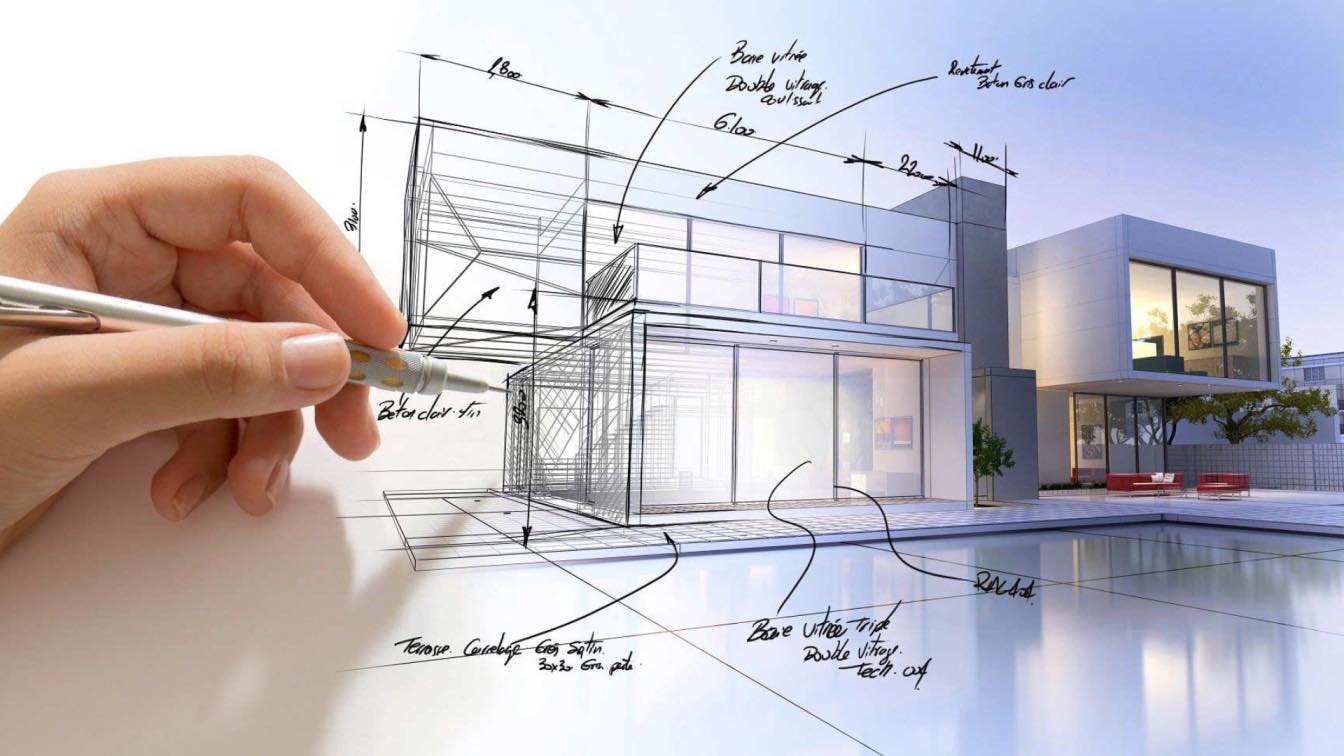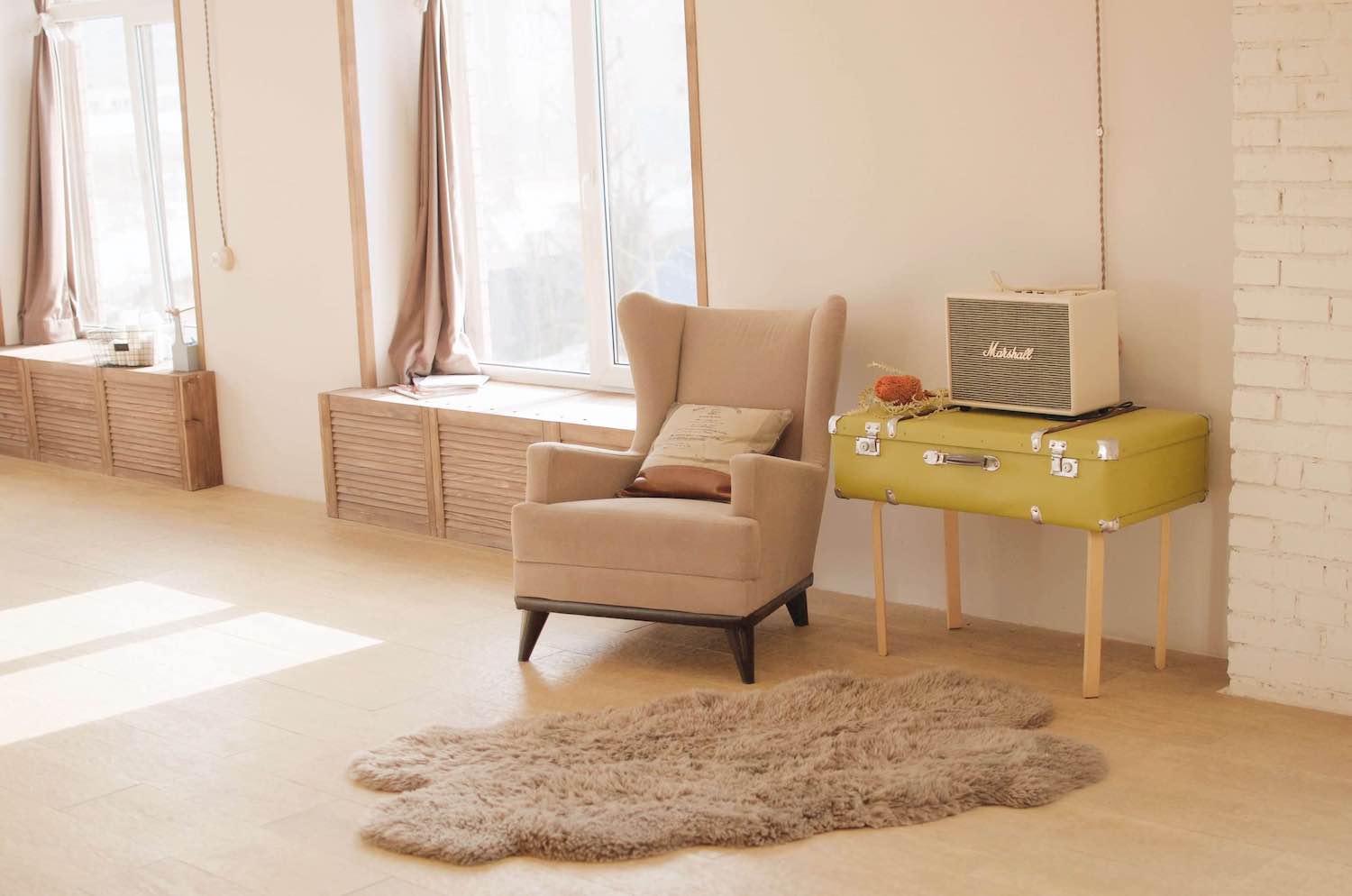Home climate control used to mean walking over to a thermostat and turning a dial. Not anymore. Today's homes feature networks of sensors, smart controllers, and automated systems that learn your habits. Regular air conditioners get transformed into intelligent systems with devices like an AC controller that adds smart features to existing equipment. Modern climate management handles temperature, air quality, room-specific comfort, and voice control while reducing monthly energy bills.
Smart Thermostats
Smart thermostats have replaced traditional models in millions of homes because they actually save money. Energy Star data confirms these devices cut utility bills by 8% on average. Some families see bigger savings when they use all the available features.
Here's what makes them different: they watch what you do. Traditional programmable thermostats stick to schedules you set once and forget. Smart versions notice your patterns - when you leave, when you come back, how you adjust temperature throughout the day. After a few weeks, they start making those adjustments automatically.
Key Smart Thermostat Features:
Mobile Control: Adjust temperature from anywhere using your phone
Habit Learning: Builds heating and cooling schedules based on your routine
Location Tracking: Turns on AC before you get home using GPS
Weather Integration: Adjusts based on outside temperature and forecast
Energy Reports: Shows monthly usage and identifies ways to save more
Most people can install these themselves in about an hour. The wiring usually matches what's already there. Older houses with unusual heating might need a professional, but that's becoming less common.
Sales keep growing because homeowners like the results. Once you experience automated climate control, going back to manual adjustment feels primitive.
Indoor Air Quality Management
Temperature isn't everything. The air you breathe matters just as much for comfort and health, which is why today's smart systems monitor and improve air quality too.
Bad indoor air triggers headaches, makes you tired, and worsens allergies. Since most people spend the majority of their time indoors, checking air quality becomes important for the whole family. Smart sensors watch several factors at once, warning you about problems before you feel them.
When air quality drops, modern systems respond automatically. High dust levels might trigger extra ventilation. Some include UV lights that kill germs and viruses in the air flowing through your house.
Monitored Air Quality Parameters:
Carbon Dioxide: Shows when rooms need fresh air
Particles and Dust: Tracks pollen, smoke, and tiny pollutants
Chemical Fumes: Catches off-gassing from furniture and paint
Humidity: Prevents mold and keeps air comfortable
Temperature Differences: Spots rooms that need attention
Better air quality helps you sleep better, think clearer, and breathe easier. High CO2 makes people drowsy and slow to react - something you definitely notice in bedrooms and home offices.
Personalized Comfort Throughout Your Home
Old-fashioned heating and cooling pushes the same temperature everywhere, creating hot and cold spots while wasting energy. Zoning systems fix this by giving each area its own temperature control.
Multi-story houses benefit most. Heat rises naturally, so upstairs gets warm while downstairs stays cool. Rather than cranking up heat to warm the lower level (and overheating upstairs), zoned systems heat each floor appropriately.
The setup uses motorized dampers, multiple sensors, and smart controls to send heated or cooled air exactly where you want it. Rooms you're using get full attention. Empty spaces use minimal energy. Motion detectors can even sense when someone walks into a room and start conditioning it.
Benefits of Smart Zoning Systems:
Individual Room Control: Each area keeps its perfect temperature
Focused Energy Use: Heating and cooling only goes where needed
No More Hot/Cold Spots: Everyone stays comfortable
Flexible Scheduling: Bedrooms cool for sleep while living areas stay warm
Works with Smart Homes: Connects to existing automation
Installation costs vary by home size and complexity. Basic two-zone systems typically require a moderate investment, with additional zones adding to the overall cost. Most homeowners recover this investment through lower energy bills within a few years.
Ductless mini-splits offer another approach, especially for additions or houses without existing ducts. These provide heating and cooling with individual room control.
The Connected Home
Smart climate control gets really powerful when you connect it to your home's other automated features. Voice commands through Alexa, Google, or Siri make temperature changes as easy as talking.
Connected systems create interesting automation possibilities. Climate control adjusts automatically when your security system switches to away mode. Smart blinds work with heating to catch or block sunlight. Some setups check your calendar and pre-cool the house before dinner parties.
Energy management gets smarter with connections too. Systems shift heating or cooling to times when solar panels produce the most power or when electricity rates drop during off-peak hours. This coordination cuts costs while helping the power grid stay stable.
Phone apps have become control centers. They display real-time energy use, predict next month's bill, and send maintenance reminders. Many connect with utility programs that pay credits for reducing usage during peak demand.
Artificial intelligence will make climate control even more predictive soon. Systems will learn from weather patterns, adjust for seasons, and account for individual family preferences without being told.
Energy Efficiency and Sustainability
Smart climate management delivers both environmental and financial benefits. Studies show properly configured smart thermostats can reduce heating and cooling energy use significantly, often translating to meaningful annual savings for typical households.
The environmental impact scales considerably when adopted widely. Smart thermostats have the potential to prevent substantial carbon dioxide emissions globally, equivalent to removing many vehicles from roads permanently.
Utility companies recognize these benefits through rebate programs. Many offer credits for installing qualifying smart thermostats, plus ongoing incentives for participating in demand response programs that help manage grid load during peak usage periods.
Sustainability Benefits:
Lower Energy Bills: Potential for meaningful annual savings per household
Reduced Emissions: Less fossil fuel needed for heating and cooling
Grid Support: Helps utilities balance supply and demand
Equipment Protection: Smart operation makes HVAC systems last longer
Resource Conservation: Reduces strain on power plants and distribution
Smart systems also support renewable energy by shifting power use to match solar and wind production, making clean energy more practical and affordable.
Implementation Strategies for Homeowners
Starting with smart climate requires honest assessment of your current situation and biggest comfort complaints. Think about your home's age, existing HVAC equipment, current energy costs, and which problems annoy you most.
Take it step by step rather than upgrading everything at once. Start with a smart thermostat for immediate savings and experience with automation. Add air quality monitoring next if health issues concern you. Save zoning for later if your current comfort seems acceptable.
Get professional help for complex jobs or when multiple systems need coordination. Experienced HVAC contractors assess equipment compatibility, recommend the best setup, and handle installations requiring electrical work or ductwork changes.
Keep expectations realistic. Smart systems deliver noticeable improvements, but your actual savings depend on local climate, energy prices, home insulation, and how much you use available features. Most people see changes within weeks, with full benefits appearing as systems learn household routines over several months.
Maintenance stays important with smart systems. Fortunately, these devices make upkeep easier by sending filter change alerts, scheduling service calls, and diagnosing problems before they cause expensive damage or uncomfortable breakdowns.





